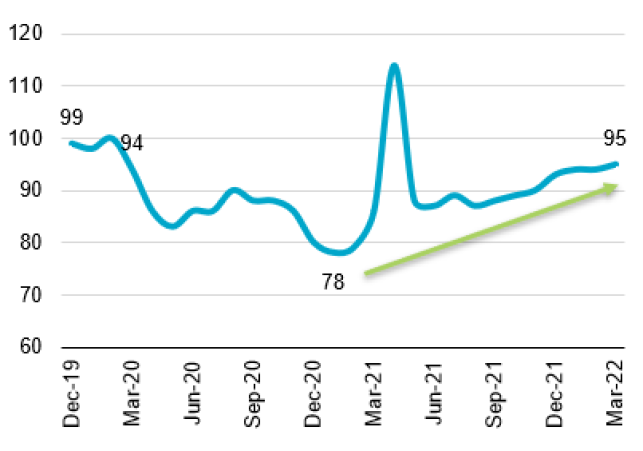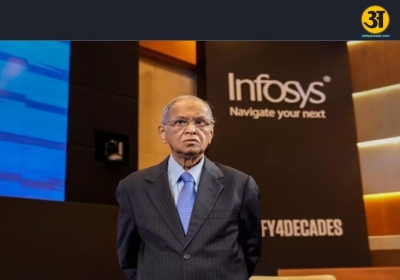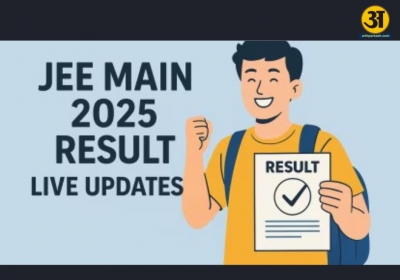
Expanding India's credit card and retail loans market
Expanding India's credit card and retail loans market: Insights from Dilip Asbe and NPCI
Dilip Asbe, the Managing Director and CEO of the National Payment Corporation of India (NPCI), recently highlighted a significant opportunity to expand the credit card and retail loans market in India. He expressed his belief that this market has the potential to grow tenfold in the coming years. Asbe mentioned the concept of "sachetisation" of credit, where banks and non-banking financial companies (NBFCs) would offer small-scale credit services to the public. This article explores Asbe's insights and the strategies being pursued by NPCI and major banks to tap into this potential growth.
Unlocking credit opportunities
Asbe emphasized that the NPCI is collaborating with leading banks such as HDFC, ICICI, and SBI to create a fully digitalized credit journey for customers. This approach aims to significantly reduce costs associated with customer acquisition, onboarding, and underwriting. It also ensures real-time connectivity with customers, enhancing the overall user experience.
ALSO READ: Paytm's strong August business update spurs stock and financial growth
The current credit card market
Despite having credit card services available for many years, the Indian credit card market remains relatively small. The total outstanding credit card debt is only Rs 2.13 lakh crore, and there are merely 8 million credit cardholders in the country. Several factors contribute to this low penetration, including the limited availability and high cost of point-of-sale (POS) machines, making it challenging to reach a wider audience. Additionally, the high cost of acquiring creditworthy customers and the prevalence of defaults pose challenges to market expansion.
Leveraging UPI and data
Asbe pointed out that the data generated by the Unified Payments Interface (UPI) debit transactions and other market tools offer an opportunity to increase credit penetration. The use of low-cost transaction processing through QR codes can also stimulate credit growth, particularly in non-urban and rural areas where traditional banking infrastructure may be lacking.
ALSO READ: Indian automobile retail sales surge by 9% in August
RBI initiatives
The Reserve Bank of India (RBI) has taken steps to further facilitate credit card usage. Last September, it permitted the linking of RuPay credit cards to UPI, enabling customers to scan merchant QR codes and make payments in a manner similar to UPI debit transactions. Expectations are high that global credit card networks like Visa, MasterCard, and American Express will also join the UPI credit card platform. Additionally, the RBI recently authorized the use of UPI for pre-sanctioned credit limits issued by banks, further promoting digital financial transactions in India.





